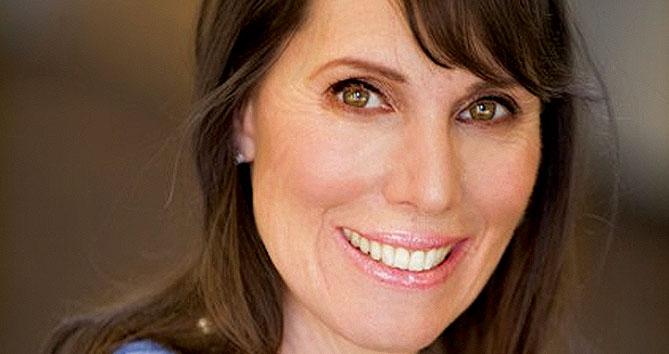A long, healthy life

As nurses, we know that a true commitment to the public’s health is founded upon equality, with a vision that sees root causes and takes action that is bold and effective.
The OneNYC Plan, announced by NYC Mayor Bill de Blasio last month, is an update of the city’s sustainability plan, a new plan to tackle income inequality and public health disparities in order to grow a more sustainable city for all New Yorkers. The plan’s broad and inclusive focus is very welcome news and a basis for bringing these issues together in a more comprehensive way.
How does one quantify a long, healthy life? OneNYC aims to reduce the city’s premature mortality rate 25 percent by 2040, dramatically decreasing current levels of racial and ethnic health disparities. Premature mortality is closely tied to poverty and a lack of access to critical services. Nearly half of the city’s 8.4 million residents currently live at or near poverty, including a disproportionate number of minorities. The adverse health indicators associated with poverty are well documented: asthma, diabetes, heart disease, and infant mortality — all contributors to lower life expectancy.
Many factors of good health
Research recently released shows that lower life expectancies associated with poverty are compounded in communities with high degrees of income inequality.
Given the city's persistent inequality gap, OneNYC arrives at a critical time. As nurses know all too well, a healthy populace depends on many factors working in tandem; the plan lays out a series of specific targets and initiatives to transform the city’s economy, housing and environment in ways that add up to a promise of a healthier New York.
- A Healthy New York Requires Decent Jobs. OneNYC pledges to lift 800,000 New Yorkers out of poverty by 2025 and make the city home to 4.9 million jobs by 2040.
- A Healthy New York Requires Affordable Housing and Neighborhoods with Essential Services. OneNYC commits to creating 240,000 new affordable housing units by 2025 and an additional 250,000 to 300,000 by 2040. But it goes further, setting out specific actions to ensure that every neighborhood has access to quality healthcare, public transit, educational programs, and nutritious food.
- A Healthy New York Requires a Clean Environment. Despite some progress, air pollution continues to cause serious health problems for city residents, contributing to an estimated 2,000 deaths and over 6,000 emergency visits and hospitalizations for cardiovascular and respiratory disease each year.
The adverse health impacts of air pollution disproportionately occur in high poverty communities and among vulnerable populations. The rate of emergency room visits due to PM2.5- attributable asthma is three times higher in the most disadvantaged neighborhoods compared to more affluent ones.
OneNYC is setting out to reduce the city’s greenhouse gas emissions by 80 percent over 2005 levels by 2050. The plan pledges zero waste to landfills by 2030 and to clean up and convert contaminated land to address disproportionately high exposures in low-income communities. - A Healthy New York Requires a Modern, Resilient Infrastructure. The city’s core infrastructure — our roads, subways, sewers, and bridges — is aging and straining to meet the demands of a growing city. Hurricane Sandy exposed the city’s structural vulnerabilities. OneNYC includes plans to help better prepare for future Extreme Weather Events through flood control, improved emergency management protocols, and strategies for reducing displacement and economic losses from climate-related events.
OneNYC is a roadmap to more broadly shared prosperity and good health — but it’s only that — a roadmap. Now is the time for NYSNA to ensure that the promises in OneNYC become reality. Invoking our credibility and the care we give, nurses can make OneNYC the public health plan we’ve been waiting for.